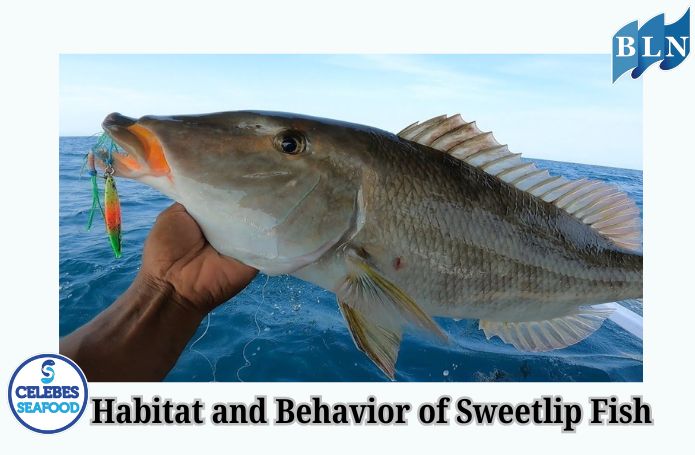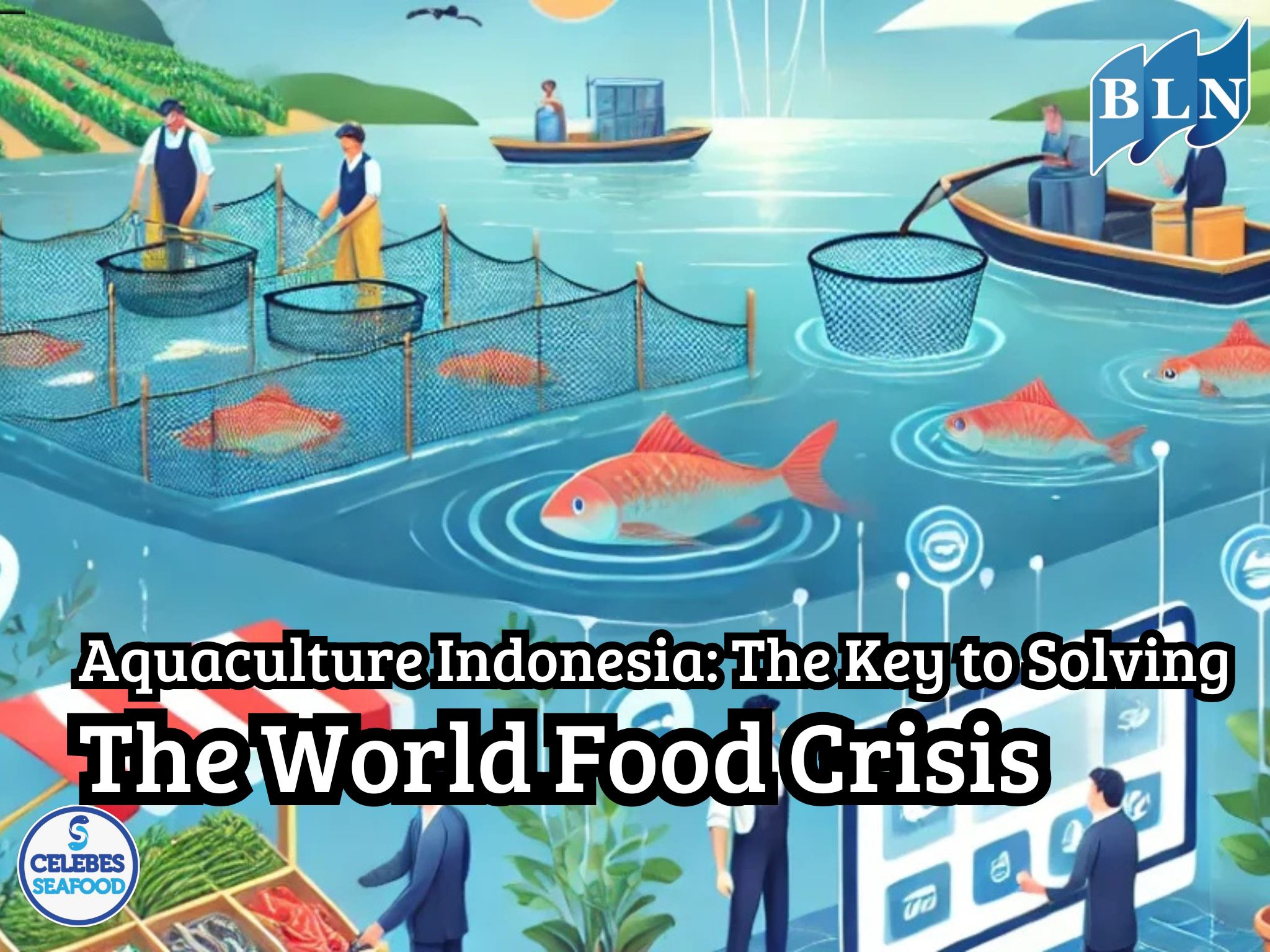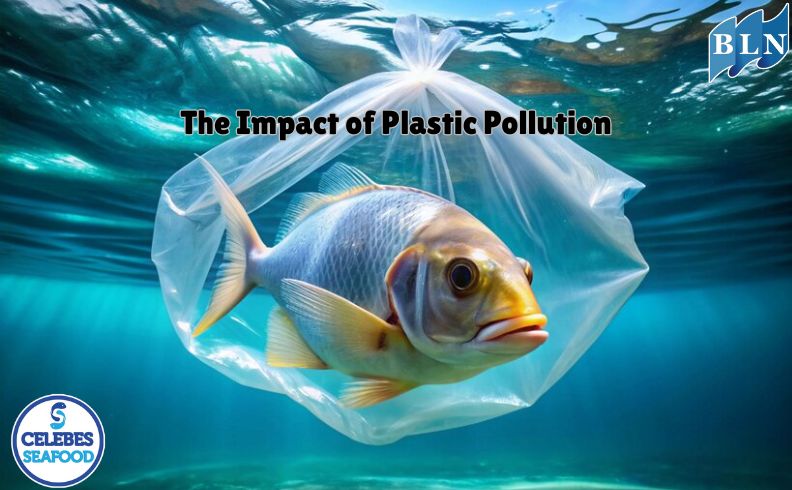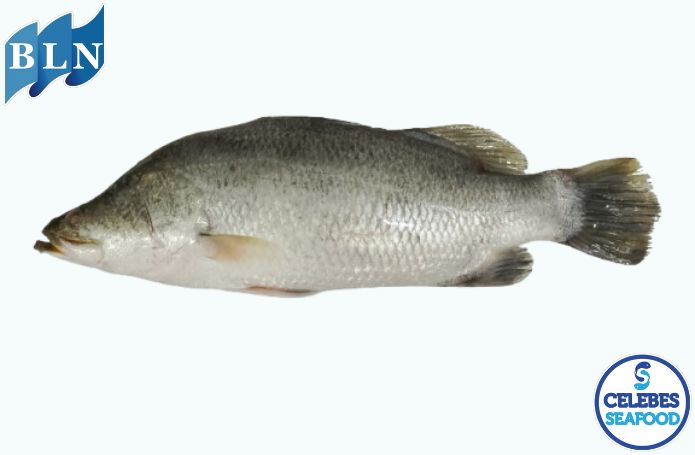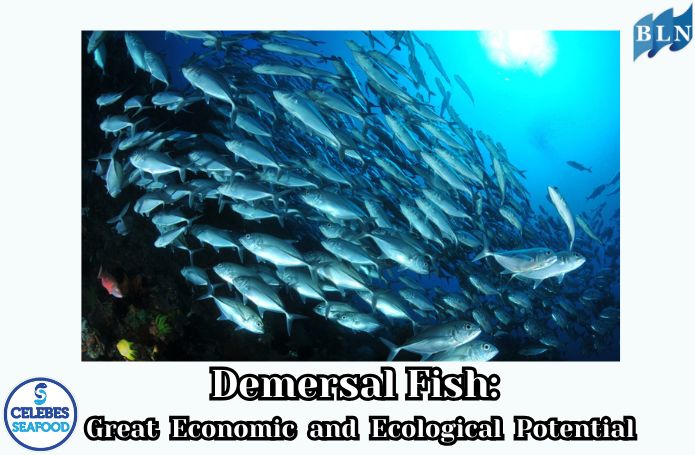The Impact of Environmental Changes on Fish Reproductive Behavior
By. Azizah - 10 May 2025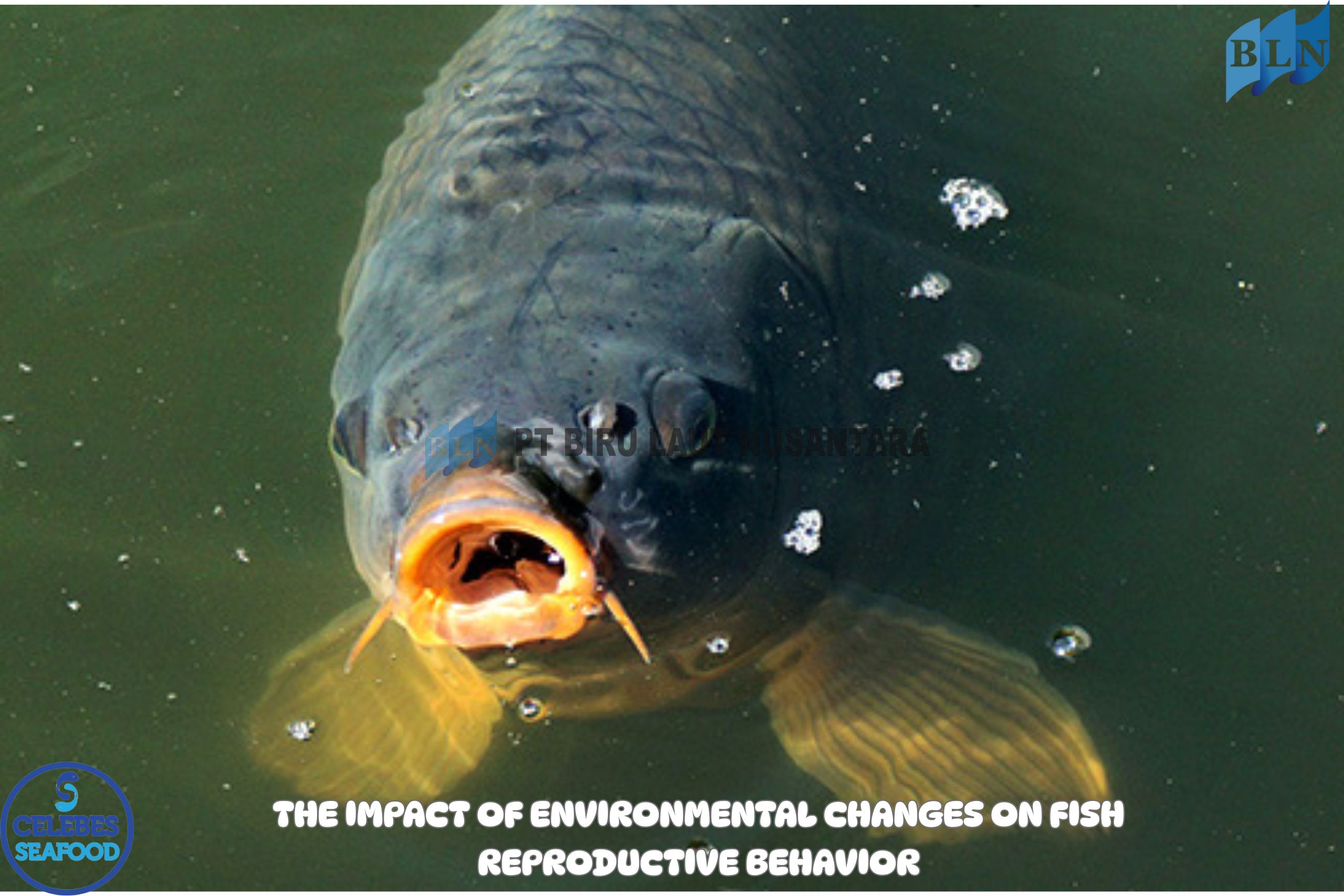
lautnusantara.comGlobal and local environmental changes have affected various aspects of aquatic life, including fish reproductive behavior. Factors such as rising water temperatures, pollution, changes in salinity, and habitat disturbances have been shown to significantly impact spawning cycles, migration patterns, and reproductive success of various fish species. This article aims to thoroughly examine how environmental changes influence fish reproductive behavior and their implications for the sustainability of fish populations.
Introduction
Fish are a key component of aquatic ecosystems and an important resource for human food security. Successful reproduction determines population continuity and fisheries productivity. However, environmental changes driven by human activities and global climate change have imposed significant pressure on fish reproductive processes. This study is essential to understand these dynamics in order to support sustainable fisheries management.
Environmental Change Factors and Their Impacts
1. Rising Water Temperatures
Water temperature is a primary factor regulating spawning times, gonadal development, and larval survival. Temperature increases beyond tolerance thresholds can cause:
-
Acceleration or delay in spawning times
-
Disruption of gonadal maturation
-
Decline in egg and sperm quality
-
Increased larval mortality
2. Water Pollution
Pollution by heavy metals, pesticides, and endocrine-disrupting compounds (EDCs) can interfere with fish hormonal systems involved in reproduction. Commonly observed impacts include:
-
Gonadal abnormalities (intersex conditions)
-
Altered male-to-female ratios
-
Reduced fertility and fecundity
3. Changes in Salinity
Fish species inhabiting estuaries or brackish areas are highly sensitive to salinity changes. Salinity mismatches can inhibit ovulation and fertilization processes, as well as reduce embryo survival rates.
4. Habitat Degradation
The loss of spawning grounds such as seagrass beds, mangrove forests, and coral reefs directly affects reproductive success. Habitat fragmentation also obstructs fish migration to spawning sites.
Case Studies
In Lake Toba, Sumatra, rising water temperatures and pollution from aquaculture waste have led to a decline in endemic fish populations such as Neolissochilus thienemanni. Meanwhile, in the Segara Anakan area of Central Java, the conversion of mangroves into shrimp ponds has reduced the number of fish migrating for spawning.
Implications for Fisheries Management
The impact of environmental changes on fish reproduction calls for integrated mitigation measures, including:
-
Restoration of spawning habitats
-
Pollution control in aquatic environments
-
Adaptation of fisheries management strategies for seasons and fishing grounds
-
Development of environmentally friendly aquaculture technologies
If you are interested in our product Barramundi Fillet Skin On / Barramundi Fillet Skinless Tyger Style, Barramundi Fillet Skinless Tiger Style please do not hesitate to contact us through email and/or whatsapp.
